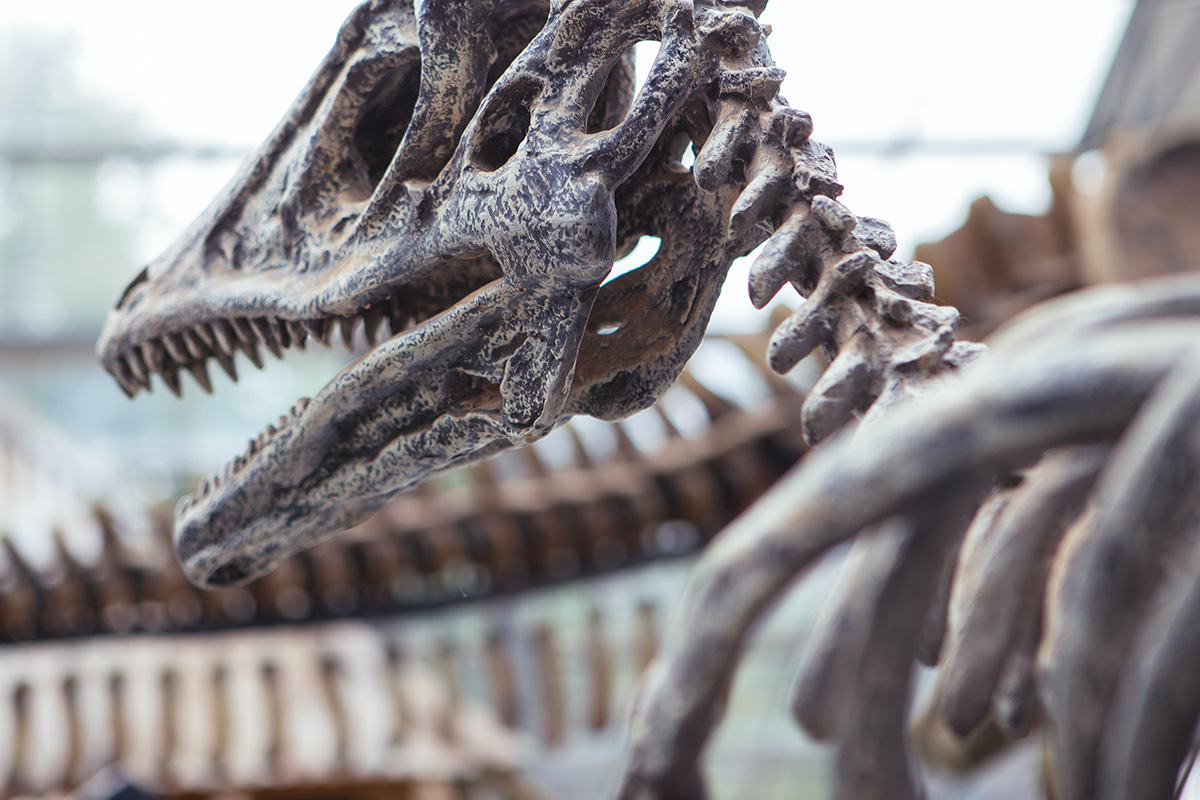Britain’s earliest dinosaur was a nimble omnivore that ran around on two legs, unlike its later relative’s brontosaurus and diplodocus, research suggests.
Standing at about the height of a 10-year-old child, and 1.5 metres in length with a long thin tail, Thecodontosaurus antiquus roamed the Earth during the Triassic period, more than 205m years ago, when Britain consisted of many islands surrounded by warm seas. As well as being one of the earliest dinosaurs, it was also among the first to be discovered. It was unearthed by Bristol quarrymen in 1834, earning it the nickname “the Bristol dinosaur”.
Thecodontosaurus is considered an important species internationally because it provides an evolutionary link between the very first dinosaurs, which are thought to have been cat-sized, two-legged carnivores, and the colossal plant-eating sauropods, which walked on four thick, pillar-like legs, had long necks and tails and tiny heads.
“Its position within the dinosaur family tree is very important because it could help us to understand the evolution of those giants, and how they became that big,” said Antonio Ballell, a PhD student at the University of Bristol, who led the research.
What Thecodontosaurus ate and how it moved have long been debated, but now a reconstruction of its brain suggests it may have eaten meat and walked upright on two legs, like its earlier ancestors whose fossilised remains were discovered in South America.
Ballell and his colleagues used CT scans to digitally extract its fossilised skull from the surrounding rock debris, and 3D modelling to build a replica of its brain and inner ear using the dimensions of the cavities left behind. Doing so revealed anatomical details, which could be compared with the brains of modern creatures such as birds and crocodiles, as well as reconstructions of other dinosaurs’ brains, to make inferences about Thecodontosaurus’ physical traits.
The dinosaur’s floccular lobes, for instance, which are located at the back of the brain and are associated with the control of balance and eye and neck movements, were large. This suggests Thecodontosaurus could have walked on two legs and maintained a stable gaze while moving fast. “It would have had the cerebral agility to track prey and capture it, although its tooth morphology suggests plants were the main component of its diet,” Ballell said. “We think the islands where it lived were very rich in reptiles, small mammals, insects and other arthropods, so these could have been a very good supplement to its diet.”
The shape of its inner ears suggests that its hearing frequency was relatively high, pointing towards some sort of social complexity – an ability to recognise varied squeaks and honks from different animals. The research was published in the Zoological Journal of the Linnean Society.
“It’s thrilling to see new technologies applied to some of the oldest dinosaur bones from the UK,” said Steve Brusatte, a professor of palaeontology and evolution at the University of Edinburgh. “Thecodontosaurus was probably a lot more nimble than we used to think, and it seems like it had excellent balance, could run fast and could even move only on its hind limbs. Shockingly, this is the type of small, agile creature that the great long-necked dinosaurs like Brontosaurus and Diplodocus eventually evolved from.”





